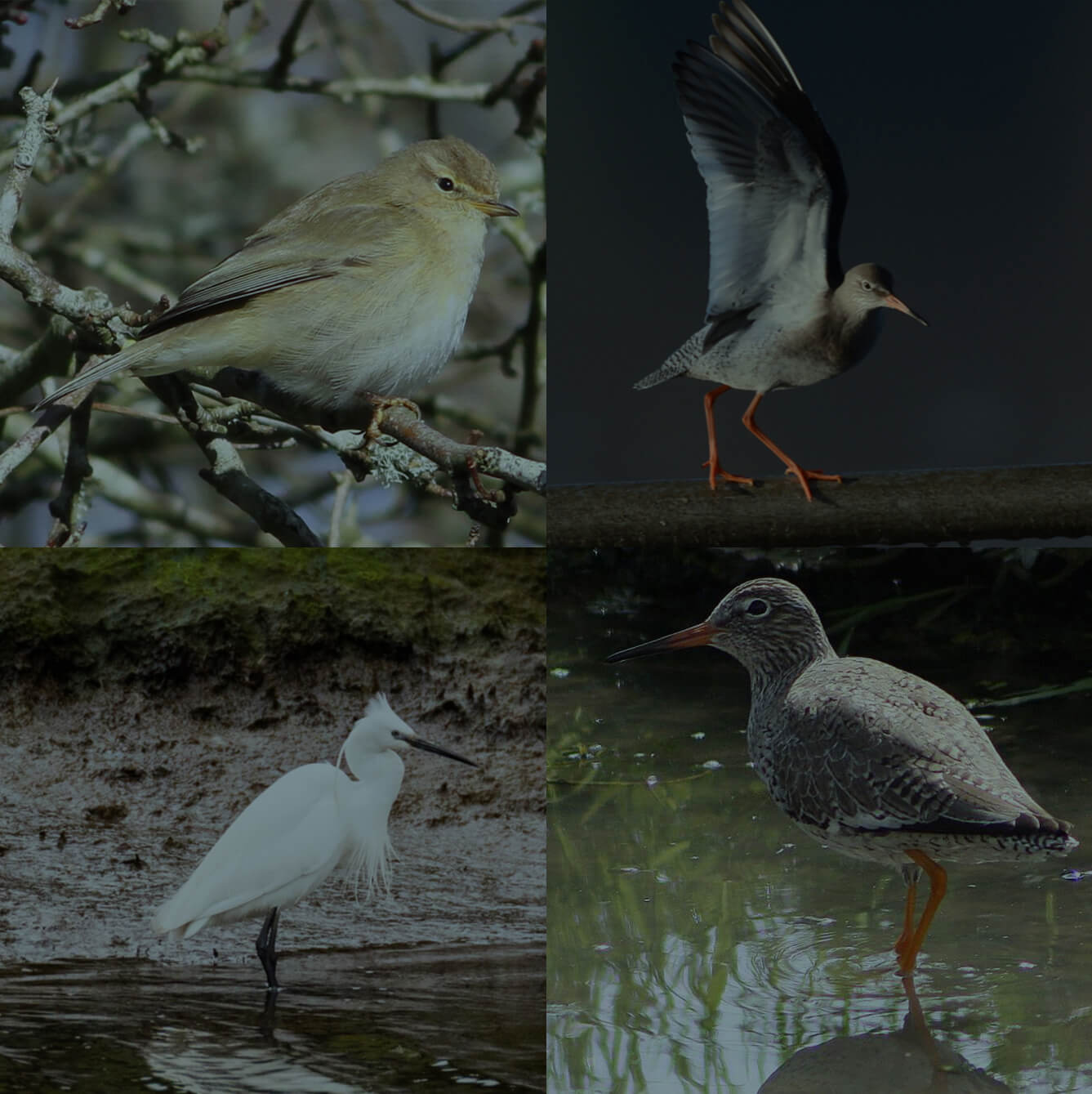The Baiter Park and Whitecliff area is a large and recently reclaimed part of Poole Harbour, which is often very busy with people. However, despite its close proximity to Poole Town centre, this urban setting can produce some excellent birding.
There is a decent cycle/footpath which runs above the shoreline arching round to the shallow Parkstone Bay. Winter is the best time for a walk around Baiter and Whitecliff when different stages of the tide can produce a whole range of species. On a high tide, especially during adverse weather conditions, many birds take shelter on the main Baiter playing fields with up to 15 Ringed Plover, 15 Turnstone, several Dunlin, Redshank, Oystercatcher, Black-tailed Godwit and, in extreme cold weather, the occasional Golden Plover.
It was also recently discovered that Jack Snipe are regular night feeders out on Baiter, in amongst the small pools that are created after heavy rain. During winter storms, overwintering Sandwich Tern and Mediterranean Gull are also regularly found hunkering down on the playing fields, whilst birds like Kittiwake, Little Gull and Little Stint have also been recorded using the fields. Each winter, a flock of between 50-150 (Dark-bellied) Brent Geese arrive from Siberia to feed on the short turf, with good numbers of Oystercatcher also joining them.
With so much open water to view, species such as Goldeneye, Red-breasted Merganser, Great Crested Grebe and Great Northern Diver are relatively easy to find from November through to February. Scarcer species such as Smew, Slavonian Grebe, Black-throated Diver, Velvet Scoter and Long-tailed Duck are also worth keeping an eye out for. Black Redstart can sometimes be found overwintering at the western end of Baiter near Fisherman’s Dock. Rock Pipit are regular on the playing fields too, with occasional Water Pipit in amongst the more common Meadow Pipit.
Birding Info
There are no hides or viewing screens, but large open panoramic views allow easy birding out across the water. A scope is useful, especially in winter. Baiter is busiest for birds during winter and early spring, but make your visits earlier in the day before large numbers of the public begin using the site. In winter, during strong SW gales, Baiter is an excellent sheltering spot for many birds, and is well worth checking the playing fields in the most torrid of weather for sheltering gulls, waders and over-wintering terns.


